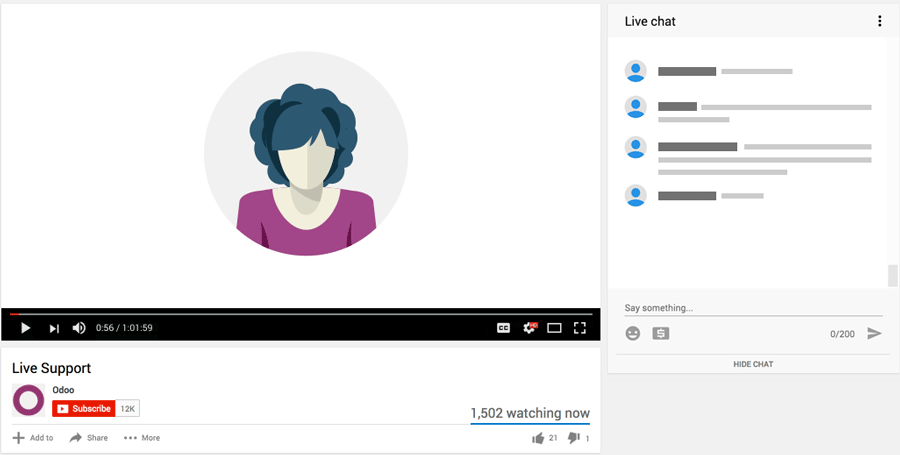Hi everyone,
I'm working on a customization in Odoo Enterprise Edition(Standard) where I've extended the product (property) model with additional location-related attributes:
- Region – eg, Kenya, UAE
- Area – eg, Nairobi, Mombasa (specific to a region)
- Neighborhood – eg, Kilimani (specific to an area)
Here's what I want to achieve:
- When I select Region = Kenya , I should only see Areas that belong to Kenya.
- When I select Area = Nairobi , I should only see Neighborhoods within Nairobi.
Basically, I need cascading dropdowns (Region → Area → Neighborhood) inside the product.template model.
I already know how to write the Python and XML parts to define the relationships and domains — what I need guidance on is where exactly in the Odoo setup this kind of extension should be placed.
Should I create a small custom module to inherit product.template , or is there a better place within the existing product module structure to add these models and view modifications?
Any pointers or best practices on organizing this kind of dependency within the Odoo framework would be appreciated.
Thanks in advance!
